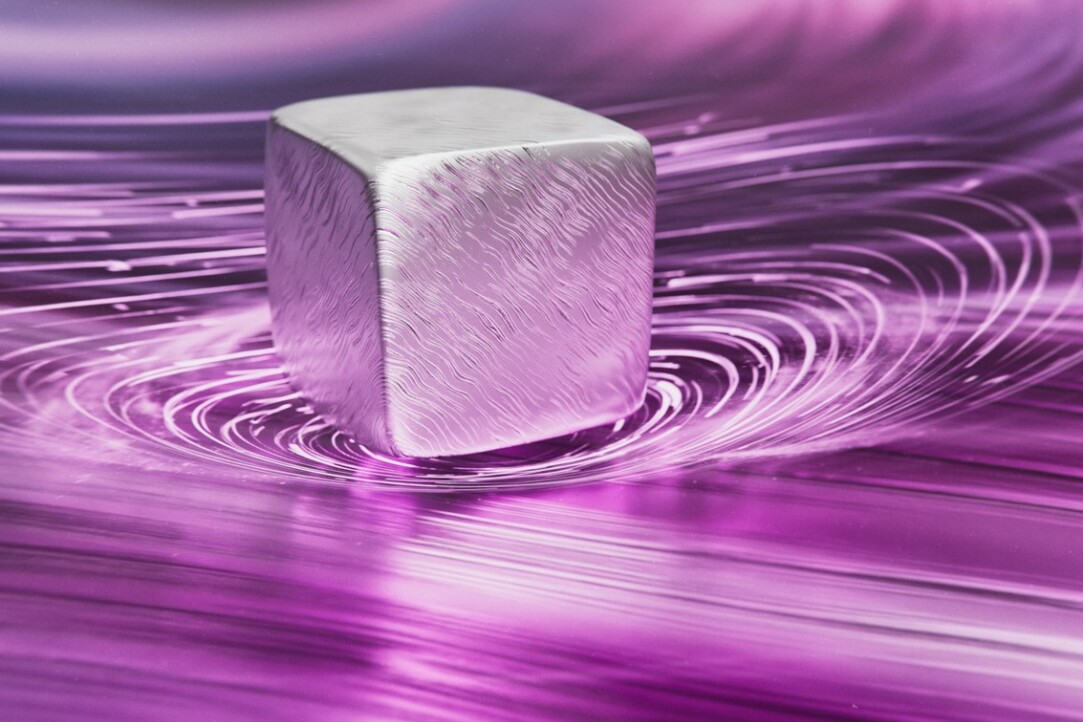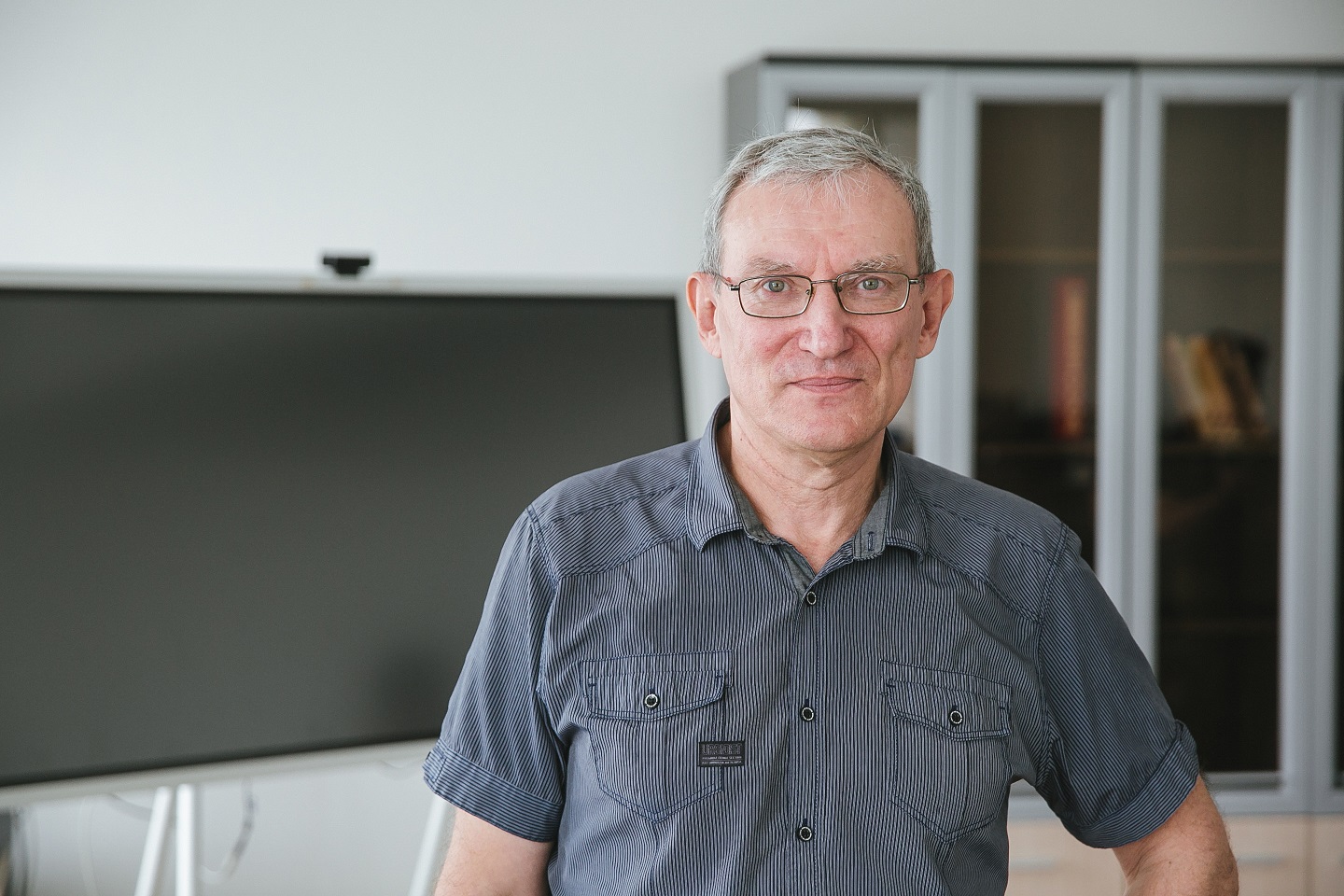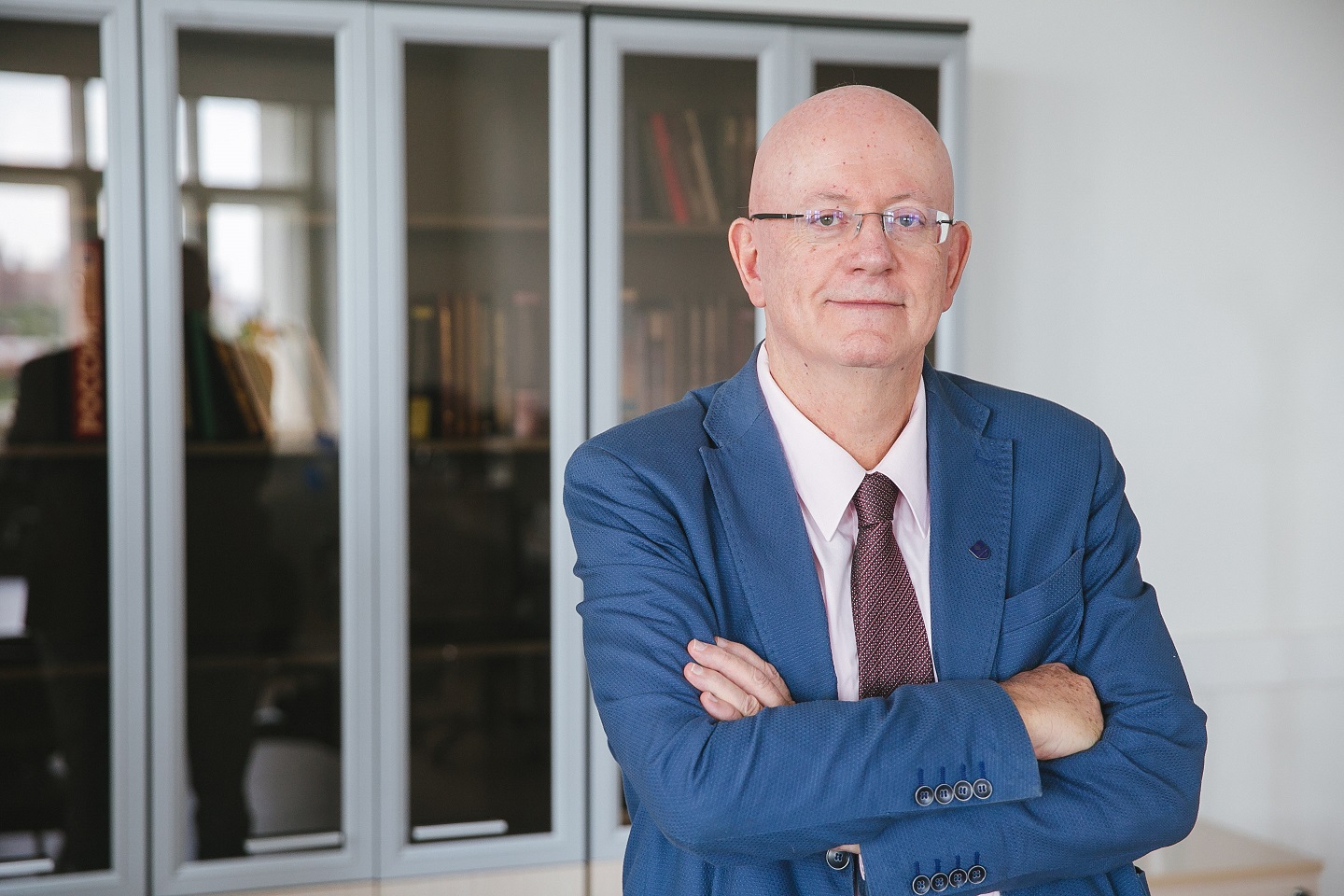Researchers from HSE University and Brazil to Create New Theory of High Temperature Conductivity

Theoretical physicists from Russia and Brazil are working together on a theory that describes novel superconducting materials with potentially high critical temperatures. The theory can explain many properties of superconductors with non-trivial topological properties, as well as of those with multiple condensates. In this interview, Prof. Mauro Doria from the Institute of Physics at the Federal University of Rio de Janeiro, Brazil, and Prof. Alexei Vagov from the Centre for Quantum Metamaterials, MIEM HSE, talk about their cooperation.
‘Our cooperation with Brazilian colleagues goes back to the start of this century. After these novel superconductors appeared, our mutual interest in cooperation was strengthened due to our shared idea that the existence of these new materials and their unique properties can be explained by a new theory that we are now jointly developing,’ said Prof. Vagov.

The scientists hope that the theory they are developing can explain the existence and properties of several types of recently discovered superconductors. These include materials based on compounds of hydrogen and various metals and other elements, as well as so-called multi-band superconductors with several superconducting condensates.
Another example of these new materials is so-called topological superconductors, whose near-surface layer has zero resistance. According to Professor Doria, the very fact that such compounds exist requires a new theoretical explanation of their superconducting properties, since the classical theory of superconductivity formulated back in the middle of the last century by John Bardeen, Leon Cooper and John Schrieffer (BCS) does not allow for their existence.
‘The main task of my visit to Moscow was to convince my Russian colleagues that the existence and nature of topological insulators and superconductors—one of the most-discussed materials in the field of condensed matter physics—can be explained within the framework of a theory that was developed many years ago by Alexei Abrikosov and Evgeny Bogomolny,’ said Prof. Doria.
He believes that a modified version of the theory developed by Abrikosov in 1957 to describe the magnetic properties of superconducting alloys and the nature of type-II superconductors can explain the existence of new types of superconductors. For example, Professor Doria proposes expanding the existing theory by exploiting the fact that the particles involved in the flow of current have spin, a quantum characteristic that can be roughly depicted as the hypothetical direction in which these particles rotate.
A New Application for Old Theories
‘The old ideas of Abrikosov, Ginzburg, and Landau can be reconfigured in such a way that they explain the nature of topological insulators and superconductors with multiple condensates. This is a completely new direction, which has only just begun to be actively investigated both at the practical and theoretical levels. We hope that we will be able to describe many aspects of these phenomena,’ Prof. Vagov added.
At the same time, Professor Doria emphasised that he does not exclude the possibility that other theoretical ideas that are now being investigated by the scientific community may be required to explain the nature of all types of superconductors. In his opinion, physicists should conduct both theoretical and practical research in all possible directions, since it is not yet possible to say which theories and which types of superconductors will be the most successful.

‘In this case, I like the idea of the Italian economist Vilfredo Pareto, who said that 20% of successful projects can cover the losses of 80% of unsuccessful investments. We can say that all the new types of superconductors, including polyhydrides, cuprates, iron and topological superconductors, are the proverbial eggs in the basket. We hope that one of them will hatch and give rise to a superconductor that operates at room temperatures and pressures,’ the Brazilian physicist explained.
According to Professor Doria, this multi-pronged approach to the development of the theory of superconductivity and its practical applications is especially important given that different types of high-temperature superconductors currently being researched will have completely different practical applications dictated by the specific physical properties of each of those materials.
‘Superconductors will find the widest application in various sectors of the economy, from lossless electrical grids to high-performance microelectronics. In the first case, we need the ability to transfer large amounts of electricity without loss, and in the second, it is important to be able to control spin and various other properties of charge carriers. For example, polyhydride-based superconductors are better suited to solving the first problem, while topological superconductors are better suited for microelectronics,’ explains the Brazilian researcher.
A Union of Theory and Practice
Doria explains that solving these problems will require not only joint theoretical research by Russian and Brazilian physicists, but also practical experiments. They are necessary not only to test theories, but also to provide new food for thought, including previously unknown phenomena that can give theorists clues as to how new superconductors work and where they can be applied, even if these experiments themselves do not lead to something useful.
‘In 1988, at the March Physics Conference in New York, our colleagues presented what was thought at the time to be the first high-temperature ceramic superconductors based on cuprates. After their presentation, scientists were confident that we would get the first room-temperature superconductors in the coming years, if not months. More than three decades have passed and we still don't have them, yet studies of cuprates have provided us with a lot of information about how superconductors work. Many of the words that we now use to depict and explain their properties simply did not exist two or three decades ago,’ the Brazilian researcher explained.
In accordance with these principles, as noted by Prof. Vagov, Russian scientists and their foreign partners will actively conduct various practical studies of the properties of topological superconductors, as well as other new superconducting materials that can serve as the basis for next-generation electronic devices.
‘Researchers are already conducting experiments to create and study such electronics. In fact, our laboratory now unites the efforts of specialists from National Nuclear Research University (MEPhI), HSE University, and the Moscow Institute of Physics and Technology. Now, we want to renew our old ties with Brazilian science, which will lead to the creation of a large international science centre where different ideas, theories, and experiments will interact and provide new unexpected results,’ explained Prof. Vagov.
He said that early-career Brazilian researchers are coming to Russia to work at the MIEM HSE Centre for Quantum Metamaterials. Together with their Russian colleagues, they will work on creating the new superconductivity theory and its application in microelectronics.
According to Prof. Vagov, these theoretical studies and practical experiments will be aimed at discovering the properties of new superconductive materials, including those with multiple condensates and non-trivial topological properties. The scholars hope to unveil the first outcomes of their theoretical and practical work to the public in the near future.
See also:
Physicists Propose New Mechanism to Enhance Superconductivity with 'Quantum Glue'
A team of researchers, including scientists from HSE MIEM, has demonstrated that defects in a material can enhance, rather than hinder, superconductivity. This occurs through interaction between defective and cleaner regions, which creates a 'quantum glue'—a uniform component that binds distinct superconducting regions into a single network. Calculations confirm that this mechanism could aid in developing superconductors that operate at higher temperatures. The study has been published in Communications Physics.
Scientists Discover How Correlated Disorder Boosts Superconductivity
Superconductivity is a unique state of matter in which electric current flows without any energy loss. In materials with defects, it typically emerges at very low temperatures and develops in several stages. An international team of scientists, including physicists from HSE MIEM, has demonstrated that when defects within a material are arranged in a specific pattern rather than randomly, superconductivity can occur at a higher temperature and extend throughout the entire material. This discovery could help develop superconductors that operate without the need for extreme cooling. The study has been published in Physical Review B.


